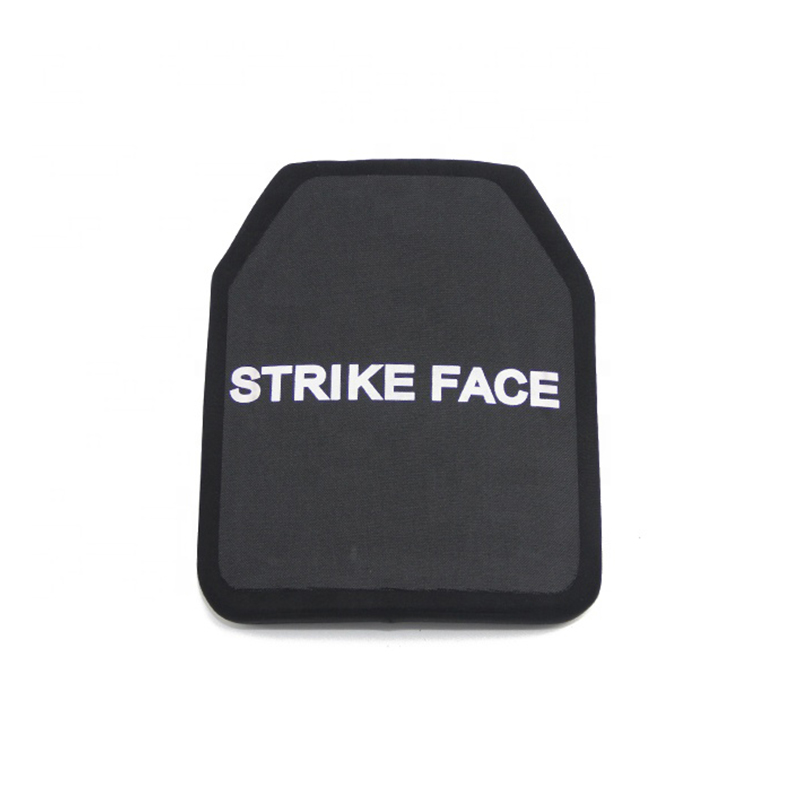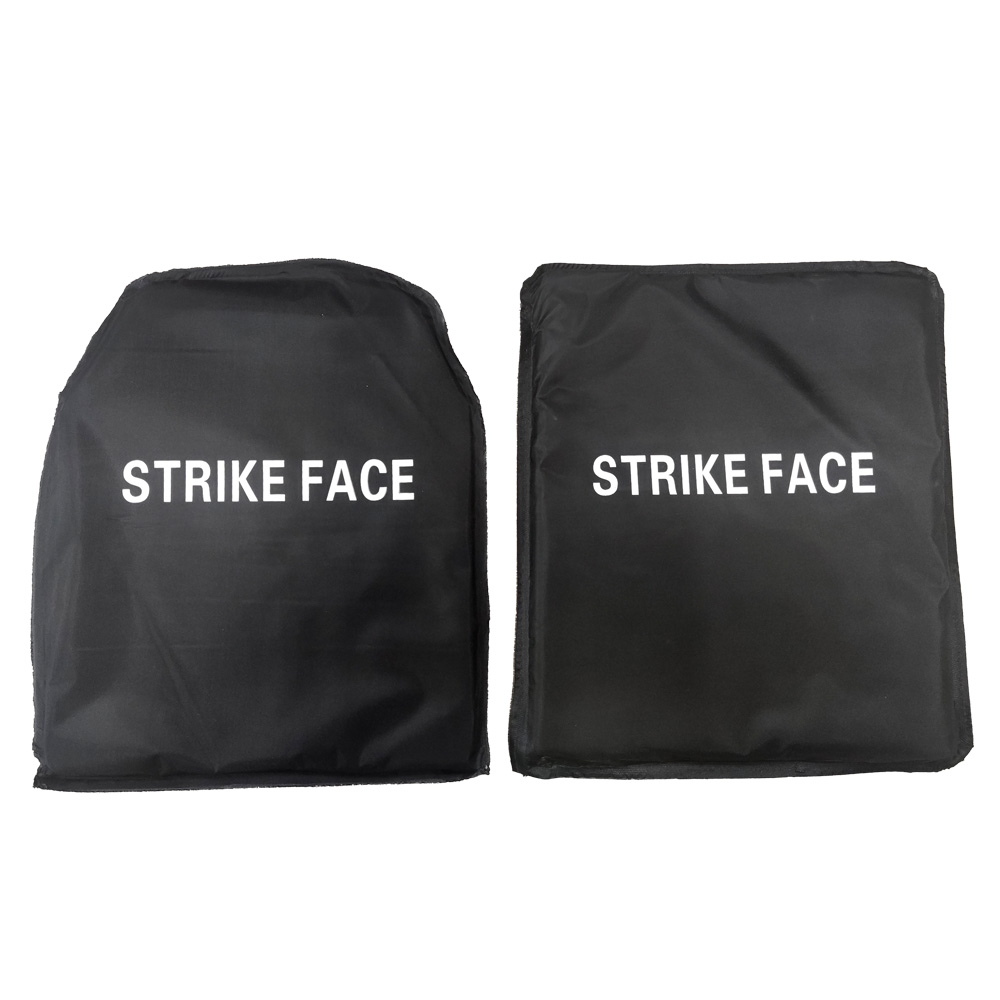Writer: admin Time: 2023-08-08 16:11:01 Browse:
Body armor plays a crucial role in protecting individuals from ballistic threats, but it is essential to be aware of the limitations of different types of armor and the ammunition that can potentially penetrate it. In this article, we will provide a comprehensive guide to rounds that can penetrate body armor, including the factors that influence penetration and the types of ammunition that pose a threat.Body armor is rated based on different levels of ballistic protection, as defined by organizations such as the National Institute of Justice (NIJ). These levels range from Level IIA to Level IV, with higher levels providing increased protection against penetrating rounds.Armor-piercing rounds, also known as AP ammunition, are designed to penetrate body armor more effectively than standard rounds.

These rounds often feature a steel or tungsten core, enabling them to defeat traditional armor materials.While Level IIIA body armor can protect against most handgun rounds, including common 9mm and .44 Magnum, it may be vulnerable to armor-piercing handgun rounds and rifle rounds. Level III and IV armor are designed to withstand rifle rounds, including common calibers like 5.56mm and 7.62mm NATO.Ceramic composite plates are commonly used in Level IV body armor due to their high level of protection against rifle rounds. However, even ceramic plates have limitations and may be vulnerable to certain specialized armor-piercing rounds.The ability of a round to penetrate body armor is influenced by its velocity and construction.
Higher velocity rounds tend to have greater penetrating power, and bullets with hardened or heavy cores are more likely to defeat armor.Body armor is rigorously tested to ensure it meets the specified ballistic protection levels. However, as ammunition technology evolves, new threats may emerge, making regular testing and updates to armor materials essential.Some body armor configurations include trauma plates, which provide additional protection against higher-velocity rounds. Trauma plates are often made from steel or ceramic materials and are inserted into plate carriers to enhance protection.

While body armor provides crucial protection against a wide range of ballistic threats, it is essential to understand its limitations and the rounds that can potentially penetrate it. Armor-piercing rounds and high-velocity rifle rounds pose the most significant threat to body armor, highlighting the importance of using the appropriate armor level and staying informed about emerging threats in the world of ammunition